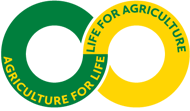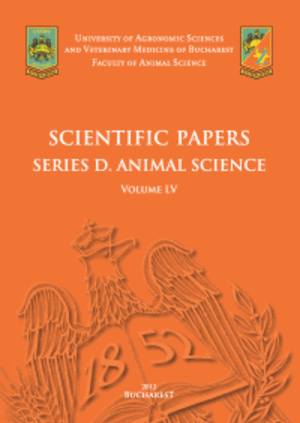Published in Scientific Papers. Series "Management, Economic Engineering in Agriculture and rural development", Vol. 24 ISSUE 4
Written by Angela TIMUȘ, Tatiana IAȚIȘIN
The paper presents the analysis of the investment flow in the vitivinicultural sector and the prospects for the development of the sector, and a SWOT analysis was developed to have a conjugate vision of the sector. The paper reflects the role and importance of investment in the modernization and development of the sector by increasing competitiveness, economic performance of enterprises, market growth and diversification. In Moldova, the vitivinicultural sector is at the heart of the harmoniously developed social and economic life, due to the favorable conditions, also wines can be considered as the visiting card of the Republic of Moldova. The methodology applied includes systemic analysis methods, quantitative and qualitative methods, economic and financial analyses specific to the production and marketing activity. The results of the research revealed the connection between investments in modernization-innovation and sustainable growth of the vitivinicultural sector through: improvement of technological processes, improvement of working and living conditions of the involved population, especially those in rural areas, effects of new technologies on the environment.
[Read full article] [Citation]

 Next Issue will be published according the the calendar.
Next Issue will be published according the the calendar.



